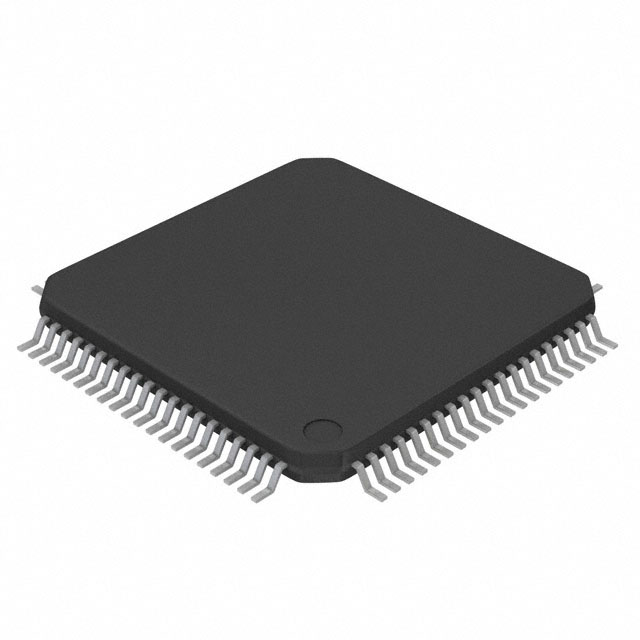

Texas Instruments
TMS320F28033PNT
Microcontrollers




.png?x-oss-process=image/format,webp/resize,p_30)


TMS320F28033PNT Description
The Texas Instruments TMS320F28033PNT is a high-performance microcontroller unit (MCU) that is part of the TMS320F28M3x series. It is designed for real-time control applications and is suitable for a wide range of industries, including industrial automation, automotive, and medical equipment.
Description:
The TMS320F28033PNT is a 32-bit fixed-point MCU that features a high-performance CPU, a versatile peripherals set, and a flexible memory architecture. It is packaged in a 100-pin plastic ball grid array (PBGA) package.
Features:
- CPU: The TMS320F28033PNT features a high-performance CPU that operates at a clock speed of up to 150 MHz.
- Memory: The MCU has a flexible memory architecture that includes up to 256 KB of on-chip RAM, 1 MB of on-chip flash memory, and 4 KB of EEPROM.
- Peripherals: The TMS320F28033PNT includes a wide range of peripherals, including UARTs, SPI, I2C, USB, CAN, and PWM timers.
- Connectivity: The MCU supports various communication protocols, including UART, SPI, I2C, USB, and CAN.
- Power Management: The TMS320F28033PNT has a low-power sleep mode that can help reduce power consumption in battery-powered applications.
- Security: The MCU includes a range of security features, including a secure boot option and flash memory protection.
Applications:
The TMS320F28033PNT is suitable for a wide range of real-time control applications, including:
- Industrial Automation: The MCU can be used in motor control, robotics, and other industrial automation applications.
- Automotive: The TMS320F28033PNT can be used in automotive applications such as engine control, transmission control, and safety systems.
- Medical Equipment: The MCU can be used in medical equipment such as infusion pumps, patient monitoring systems, and diagnostic equipment.
- Power Electronics: The TMS320F28033PNT can be used in power electronics applications such as solar inverters, battery management systems, and motor drives.
Overall, the Texas Instruments TMS320F28033PNT is a high-performance MCU that offers a range of features and capabilities that make it suitable for a wide range of real-time control applications. Its low-power capabilities, security features, and support for various communication protocols make it a popular choice for many industries.
Tech Specifications
TMS320F28033PNT Documents
Download datasheets and manufacturer documentation for TMS320F28033PNT
 TMS320F28030-35 Errata
TMS320F28030-35 Errata  Mult Devices 23/Feb/2018
Mult Devices 23/Feb/2018  TMS320F28030-35 TMS320F2803x Ref Guide
TMS320F28030-35 TMS320F2803x Ref Guide  TMS320F28030-35
TMS320F28030-35  TMS320F2803x 19/Jul/2021 TMS320F2803x 24/Mar/2021
TMS320F2803x 19/Jul/2021 TMS320F2803x 24/Mar/2021 Shopping Guide





















.png?x-oss-process=image/format,webp/resize,h_32)










